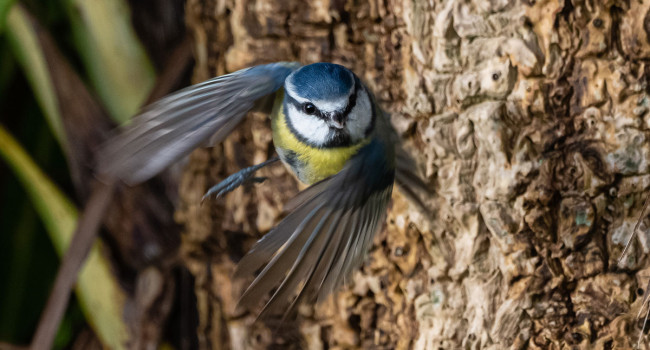Evidence for contrasting causes of population change in two closely related, sympatric breeding species the Whinchat Saxicola rubetra and Stonechat Saxicola torquata in Britain
Author(s): Henderson, I., Calladine, J., Massimino, D., Taylor, J.A. & Gillings, S.
Published: January 2014
Journal: Bird Study Volume: 61 ( part 4 )
Digital Identifier No. (DOI): 10.1080/00063657.2014.962482
Abstract
Capsule: The recent population decline of Whinchats has accelerated, including core breeding areas of Britain. Contrasting patterns of change with Stonechat suggest a large-scale environmental driver is affecting the entire Whinchat population.
Aims: To explore broad geographical and landscape related differences in long-term patterns of population change in the Whinchat and Stonechat across Britain to identify candidate mechanisms of change.
Methods: The study uses 40 years of large-scale, long-term data from a series of three atlas studies to compare trends in range and abundance in Whinchats and Stonechats relative to landscape and weather variables.
Results: For Whinchats there has been a long-term and accelerating decline in abundance, that includes stronghold areas of Britain. The Stonechat population has undergone a net gain in abundance with regional and altitudinal variations. These two very different patterns of change suggest the relative ubiquity of decline in Whinchats has a common source affecting the whole population.
Conclusions: The scale and magnitude of decline in Whinchats should stimulate a revision of the species conservation status in Britain, with renewed focus on studying the species' ecology across its breeding and winter range in order to determine the likely large-scale drivers of its decline.











Share this page